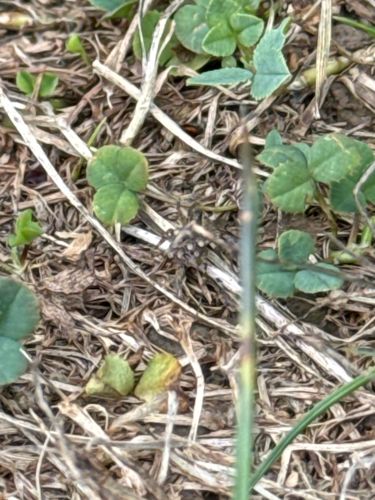Grass Spider
Scientific Name: Agelenopsis spp.
Order & Family: Araneae, Agelenidae
Size: Typically 10-20 mm for females, males slightly smaller.

Natural Habitat
Lawns, meadows, fields, and other grassy areas, often building funnel-shaped webs among the blades of grass.
Diet & Feeding
Carnivorous; they primarily prey on small insects that get caught in their web, such as grasshoppers, flies, and other ground-dwelling arthropods.
Behavior Patterns
Grass spiders are known for constructing distinctive funnel-shaped webs with a retreat at one end where the spider waits. When prey touches the web, the spider quickly rushes out from its retreat to capture it. They are generally non-aggressive to humans and will typically flee if disturbed.
Risks & Benefits
Grass spiders are generally harmless to humans, as their venom is not considered medically significant. They are beneficial insects as they help control populations of various pest insects in gardens and agricultural settings by preying on them. They pose no significant risk to humans, only a mild bite if provoked, which is often less painful than a bee sting.
Identified on: 9/26/2025